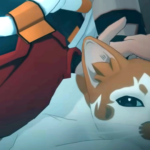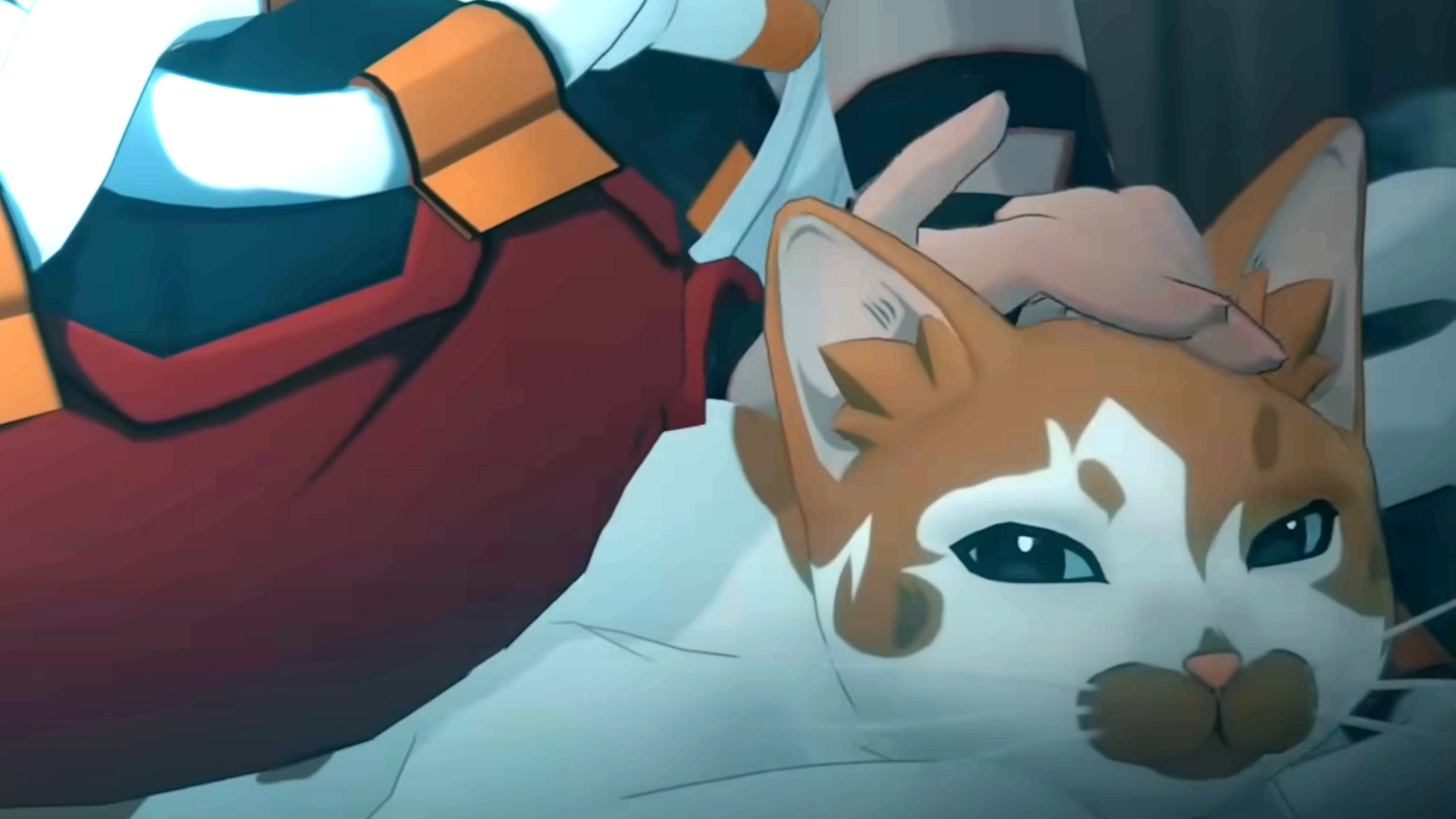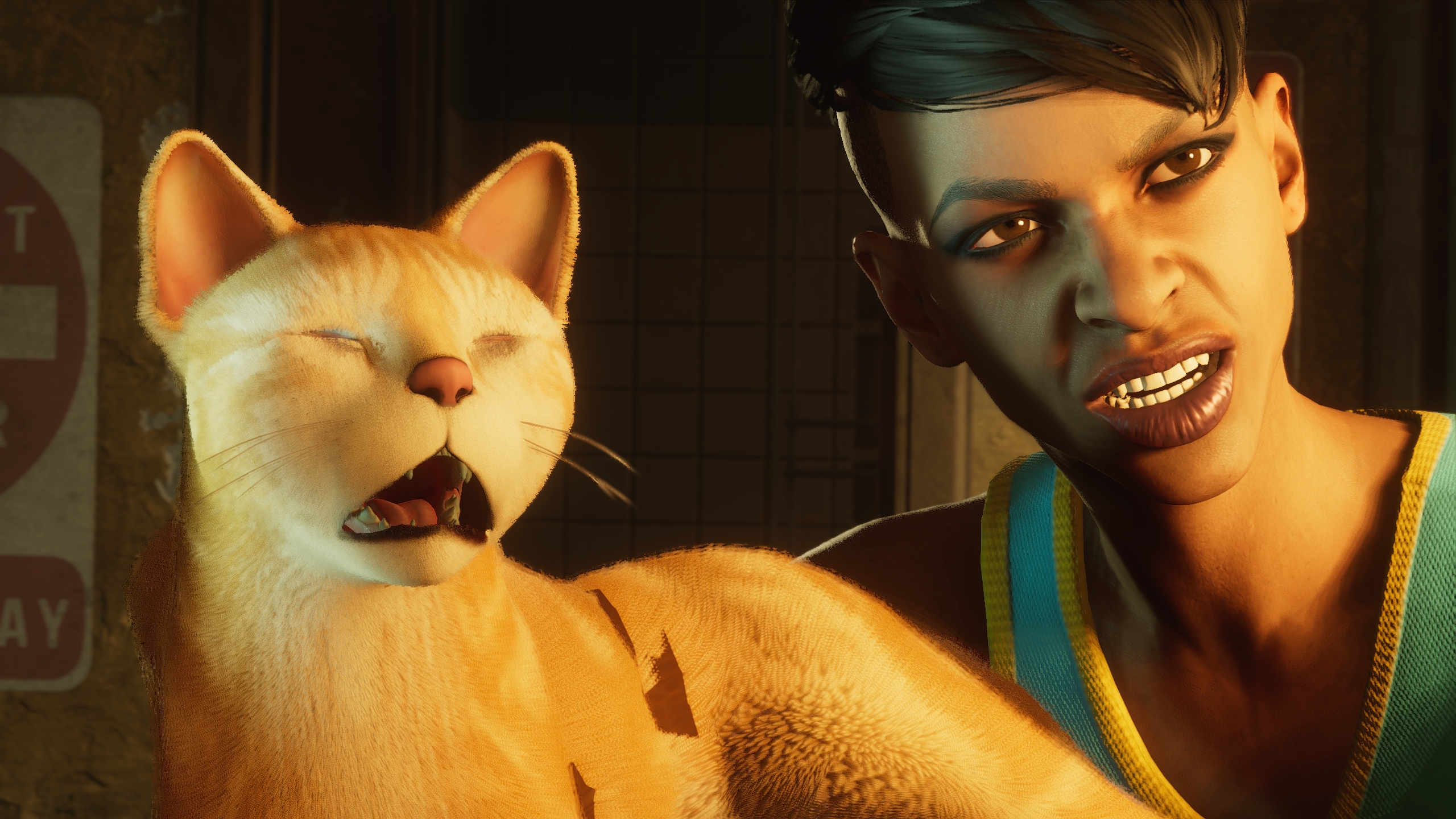Starfield isn’t having the happiest of new years. Bethesda’s landmark RPG (one designed to be played for a long time) has “Mostly Negative” recent Steam reviews at the time of writing, with only 29% of reviews scored positive in the last 30 days. Its overall rating is still “Mixed”, with 64% positive reviews.
There’s a few things to keep in mind before we continue. First off, Steam reviews come from the community—and while they’re helpful, they’re also more a sign of sentiment over quality. Secondly, they’re binary. You either approve of a game or disapprove of it—meaning middling games suffer in the long-term. ‘Mostly Negative’ is far more dramatic than ‘75%’, which is the score we gave it in our Starfield review.
Converting thumbs down to thumbs up is so important that a recent industry trend has emerged—with developers trying to flip reviews via direct responses. Starfield is no exception, even catching flak due to how copy-pasted its developer responses were.
Still, this is Bethesda we’re talking about—Fallout 76 had a similarly rough entry, but that could be brushed off as an experiment. This is a mainline Bethesda RPG. Games like Skyrim and Fallout 3 left a significant mark on the gaming landscape. In contrast, Starfield just hasn’t captured the public’s imagination in the same way. Why is that?
If you ask the community back in November when the game’s overall reviews dipped to Mixed, there’s an essential “magic” that’s missing. Some players think freedom of choice has been hamstrung by a deluge of unkillable NPCs and goody two-shoes companions. The studio’s typically great exploration is also MIA, replaced by loading screens and barren worlds. When the game failed to land more than one nomination at the Game Awards, even its core fanbase wasn’t surprised.
While writing about the game’s biggest flaws last month my fellow staff writer Christopher Livingston (who also wrote the review) said that in games like Skyrim, any quest is bound to run you into an “some sort of interesting encounter along the way. It may be simple combat, but it could be meeting an NPC, finding an inhabited cave, stumbling on a weird shack, or blundering into a new quest.” Meanwhile, Starfield has you “running from one randomly placed box to another. It’s not miserable. But it’s never memorable.”
This lack of emergent interest means its story elements—which have always been a touch thin in Bethesda games—are even more noticeably dry. My opinions on Vasco back in September track with the rest of the experience. Starfield isn’t interested in really saying anything, its themes are surface level, and it sort of just gestures vaguely at works of science fiction without actually really discussing them. As far as worldbuilding goes, there’s this feeling that all the interesting stuff has already happened.
The way its story is presented also suffers. The uncanny Bethesda zoom-in is outdated, especially when Baldur’s Gate 3 has emotive motion-captured performances for its companions. That’s not to say you need fancy graphics to capture people’s imagination. CRPGs have done plenty with text boxes for years, but those games put evocative fantasy fiction there. I have a solid idea of how Durance from Pillars of Eternity moves, talks, and even smells without any high-budget bells and whistles.
Ultimately, Bethesda has some really important lessons to learn from Starfield. The studio’s planning on a whole cargo hold full of new year’s resolutions, a six week update cadence with “all new ways of travelling“, city maps, but I’m not sure it’ll pull the game out of this fire.
I wonder if Starfield really is a diamond covered in grime that just needs to be scratched off, or if core design philosophies Bethesda’s stood by—like that infamous “Keep It Simple, Stupid” adage from a few years back—need to be scrapped entirely. Blizzard’s turned a corner on World of Warcraft by “letting go of old stubbornness“, and I think the same applies here.











